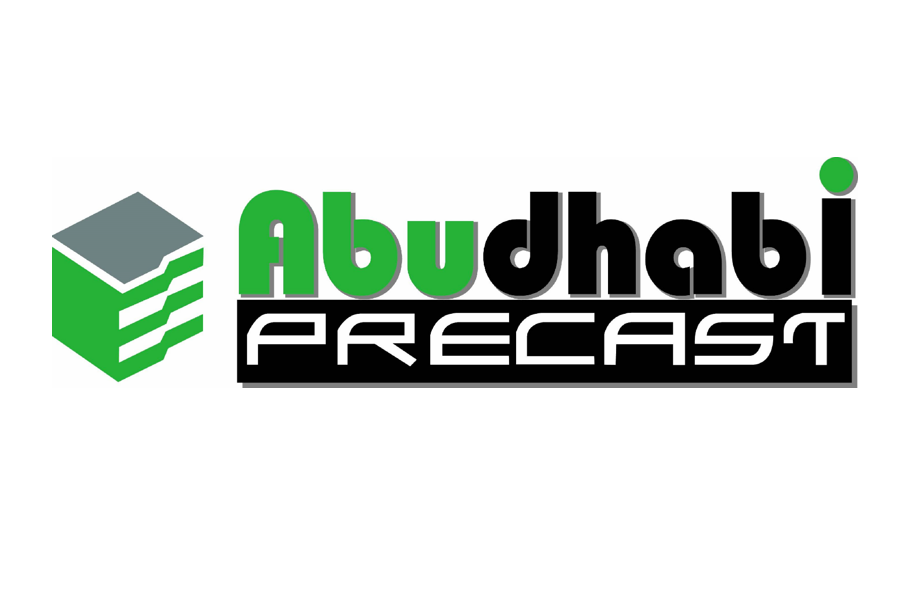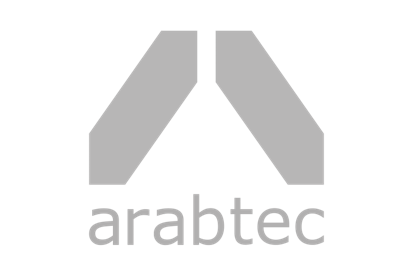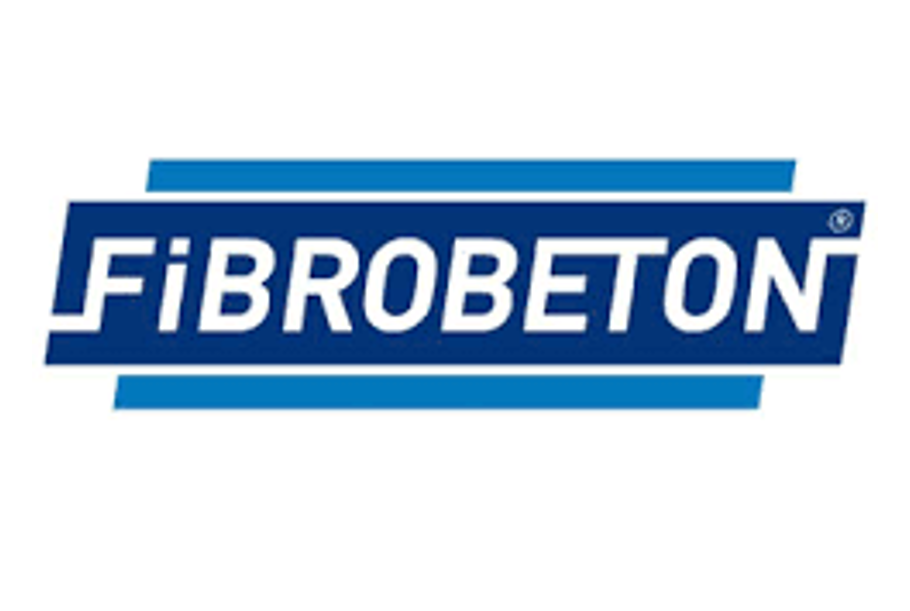
Electrical Stepper Motors
Electrical Stepper Motors
Adapa designed Electrical Stepper Motors turn the adaptive mould into position.
The motors are controlled by the Computer Aided Manufacturing (CAM) software in the Control Unit that communicate with PCB’s placed in each individual stepper motor.
The stepper motors are in the low voltage range. They use 24V for the movement of the motor and 12V for the control.
There are three categories of stepper motors used, depending on the Adaptive Mould type and application, with push/pull of 60kg, 100kg and 200kg:

-
Stepper Motor 60 kg
Small Stepper Motor Ideal for adaptive moulds with low payload demands or high density distribution of actuators. Specification Max thrust (push/pull) 60 kg Ingress Protection IP54 Max room temperatur...
-
Stepper Motor 100 kg
Medium Stepper Motor Ideal for adaptive moulds with medium payload demands or medium density distribution of actuators. Specification Max thrust (push/pull) 100 kg Ingress Protection IP54 Max room tem...
-
Stepper Motor 200 kg
Large Stepper Motor Ideal for adaptive moulds with high payload demands or low density distribution of actuators. Specification Max thrust (push/pull) 200 kg Ingress Protection IP54 Max room temperatu...
Technical description
The stepper motor (also known as step motor or stepping motor), is a brushless DC electric motor that divides a full rotation into a number of equal steps.
The motor’s position can then be commanded to move and hold at one of these steps without any position sensor for feedback (an open-loop controller), as long as the motor is carefully sized to the application in respect to torque and speed.
The Stepper motors have 200 steps and for a full rotation the actuator moves 3mm push/pull. To gain this high precision using these motors, each step is divided into 1/8th’s. This means the motor move 1/8th of a step at the time. This means the motors moves as little as 0.0019 mm a step, which leads to increased precision.
Overheating the stepper motors can shorten lifetime of the built in Printed Circuit Board (PCB) controlling the movement. We recommend preventive maintenance to secure the motors are not exposed to heating above 50o C.











































